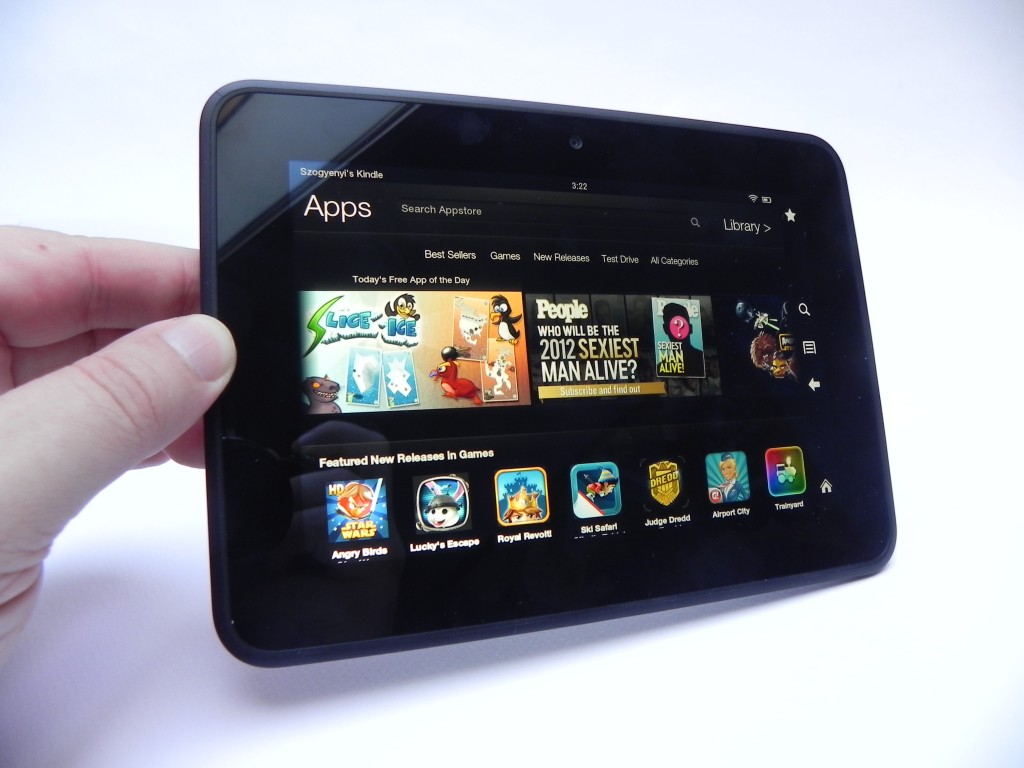

Some will not even render properly – not even Amazon’s own site, if you can believe it. While many websites load just fine, some will cause the browser to crash. It won’t take long to realize why it’s called experimental. If the word is a vast subject, you can swipe to the right to read its entry on Wikipedia.Īs with the first two Paperwhites, this third-gen one includes a browser called “Experimental Browser”. From here, you can add a note, highlight it, and again share it. Similarly, you can also quickly get the definition of a word by holding it and bringing up the dictionary. If you’re reading a book and can’t remember who a character is, you can simply hold their name to get a brief synopsis with X-Ray. When in a book, the top of the screen can be tapped to reveal the menu, and from here, the fonts can be adjusted, pages can be skipped to, text can be shared, and the interesting “X-Ray” feature can be taken advantage of. Despite it not being native Kindle content, the fonts are all crisp, and the images don’t look too bad, either.
Amazon kindle reviews pdf#
In the same shot, you can see an example of a PDF being rendered. Below is what I consider to be an accurate representation of how the display looks, though I admit it’s hard to appreciate just how sharp it is without seeing it in person. Beyond that, e-readers have unparalleled battery life, as well as an unparalleled lack of distractions.īecause of the screen-type devices like the Paperwhite use, photographing them is quite easy.
Amazon kindle reviews full#
Even at full brightness, it’s still much easier on the eyes versus using a tablet that’s at low brightness. At the fore-front, the screen is much easier on the eyes, and at modest backlight levels, looks little different from reading a real book. There are a couple of big advantages to a dedicated e-reader over a tablet. This isn’t as important as it is with tablets, since no power is drawn once an image is rendered, but it’s a nice touch nonetheless. This official case uses a sensor to tell the device when it’s covered. Amazon says it will take about 4 hours to charge the Paperwhite to full if it’s plugged into the PC, but if you already have an AC adapter with a microUSB connector, you’ll be able to charge it up much quicker. This can be used to both copy files over to the Kindle and also charge it up. Inside the box, only one accessory will be found: a USB cable. Something tells me that the second-gen Voyage will arrive this fall, because Paperwhite 3 simply closes the gap too much. While I do love the PagePress feature, $80 is a tall order. I am not sure I could ever recommend the ordinary Kindle given its lack of a backlight (this is fine if you’re comfortable using a nightlight or lamp at night), and at this point, it’s hard to recommend the Voyage unless you want to pay $80 mostly for adaptive brightness and PagePress. Voyage remains the lightest Kindle as well, and the thinnest, at 0.30-inch thick. What still sets Voyage apart is its ability to use an adaptive brightness, as well as its PagePress feature (pushing on the bezel turns the page). After all, the highlight of that model was its 300 ppi screen. With the third-gen Paperwhite, Amazon in effect makes the Voyage look a little less desirable. 2 Via a computer (faster with an AC adapter). Kindle Format 8 (AZW3), Kindle (AZW), TXT, PDF, MOBI, PRC, HTML, DOC, DOCX, JPEG, GIF, PNG, BMPġ Based on 30 minutes of reading each day, wireless off, and brightness of 10 on backlit models. With Kindle, the big differences involve small differences. All three of them are 6-inch in size, have a glare-free display, and 4GB of storage. What’s new is a display that’s doubled in resolution, to hit the same 300 ppi of the Voyage, and a blacked-out logo on the front, which I think looks quite nice.Ī breakdown of current Kindles can be seen in the table below. It shares the same dimensions, has the same screen size, and can still use the same official leather covers. On the hardware front, the latest Paperwhite is almost identical to the previous one.


 0 kommentar(er)
0 kommentar(er)
